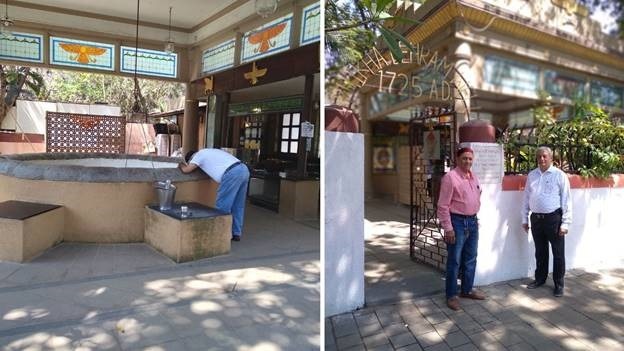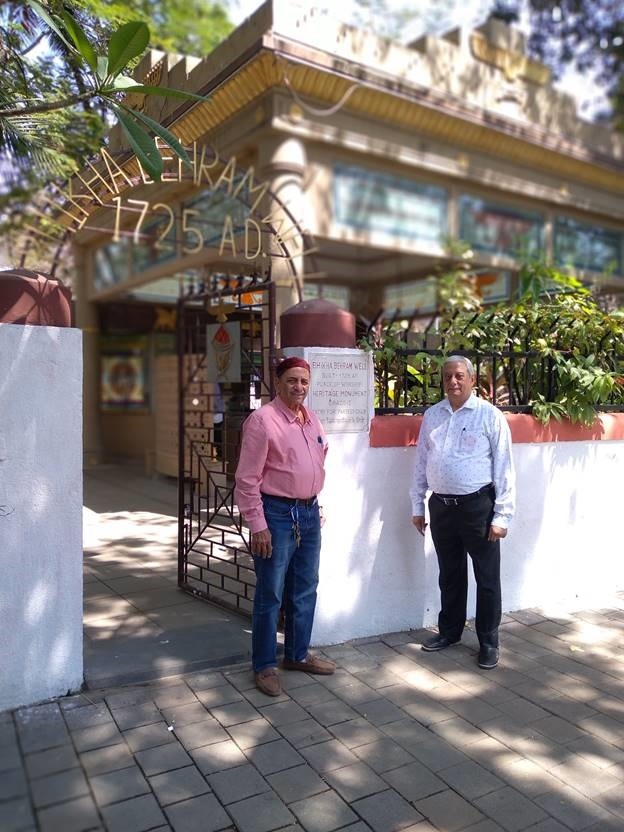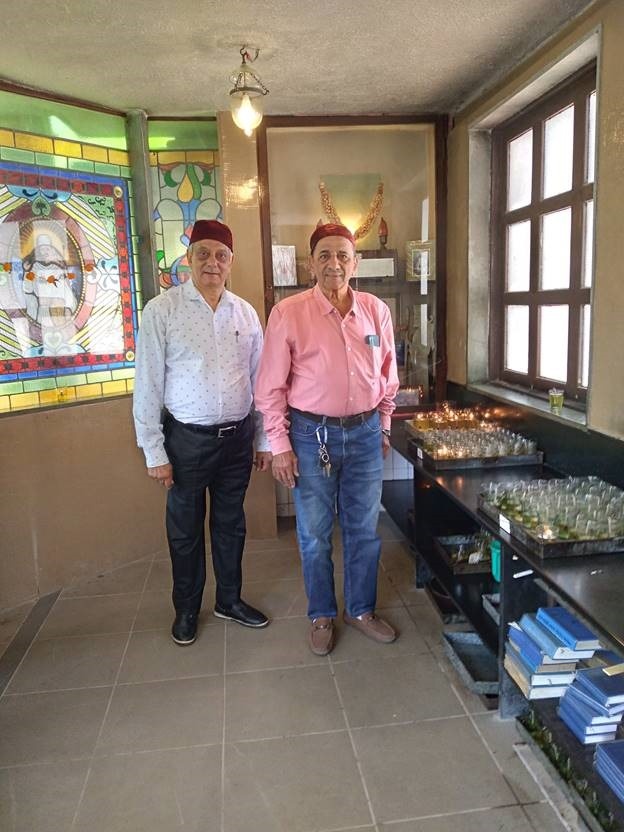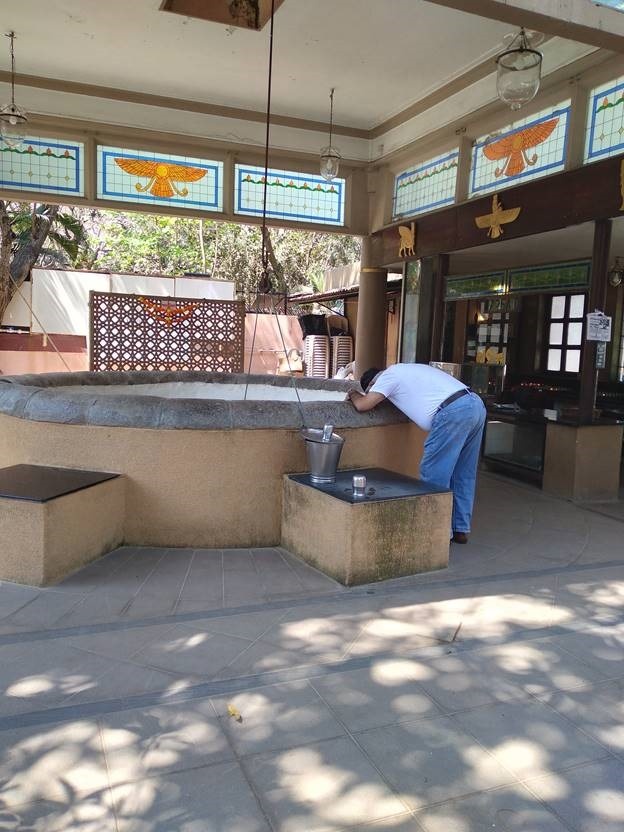Among the plans are a project to do up the compound, a small museum, a photo gallery, an arch, and a new drinking water fountain for the public who may want to drink the spring water from the well.
Article by Manoj Ramakrishnan | Free Press Journal
As one of Mumbai’s oldest landmarks, the Bhikha Behram well in Churchgate, prepares for its tricentennial in 2025, there are plans to give the monument a revamp. Among the plans are a project to do up the compound, a small museum, a photo gallery, an arch, and a new drinking water fountain for the public who may want to drink the spring water from the well.
The sacred well
The well is a sacred site for Parsi-Zoroastrians who gather here for prayers every day. On special days like ‘Ava Roj’ or ‘water day’, there are larger congregations that gather there to revere the water element which has its own guardian angel in the Zoroastrian religion.
The well’s compound was recently tiled and painted with funds from Makarand Narwekar, the former local municipal corporator. There are plans to do up the surroundings with the help of an architect who has an expertise on redesigning public places, said Diniar Mehta, president of the Parsi cell of the Bharatiya Janata Party’s Colaba assembly constituency, who has been instrumental in getting the restoration plans.
“We were asked for help by the trustees of the Bhikha Behram Well. This is a non-profit trust charitable trust and donations go for the regular religious ceremonies that are held here,” said Mehta.
Earlier, the inner compound of the well, which is listed as a Grade II A protected structure under Mumbai’s heritage conservation laws, one of the highest grades under the list, was restored by conservation architects. The restoration involved the raising of the floor by 100 mm to prevent water flooding in from the road, a new ceramic tile flooring, improved drainage of rain water, and increase in the height of the parapet surrounding the compound.
History of the well
According to Percy Siganporia, who has chronicled the history of the well, Parsis revere the well and its surroundings as a sacred site because it contains fresh water even though it is just a few hundred meters from the sea. The well was dug in 1725 though the pavilion was constructed in the early twentieth century.
The well was built by Bhikaji Behram Pandey who had arrived from Bharuch in south Gujarat as a source of water for travellers passing by in bullock and horse carts. A stone ‘hawada’ or a trough was built for the animals to drink out of. Siganporia said that when the Bombay High Court, the University of Mumbai, and the Central Telegraph offices were built in the late 19th century, the well supplied drinking water for the workers. Later, carts carried water from the well to offices in the area.
“Another well in the area, located in the Bombay High Compound, was closed in the 1980s after the water turned brackish. So this is the only fresh water well surviving in the area,” said Siganporia. “In the 19th and early 20th century, Bhikha Behram’s natural spring water was considered to be a remedy for stomach ailments as well as for eye and hair remedies.”
The quiet compound, filled with trees and shrubs also offers a sanctuary where lawyers from the nearby courts and writers have sat to write and contemplate.




